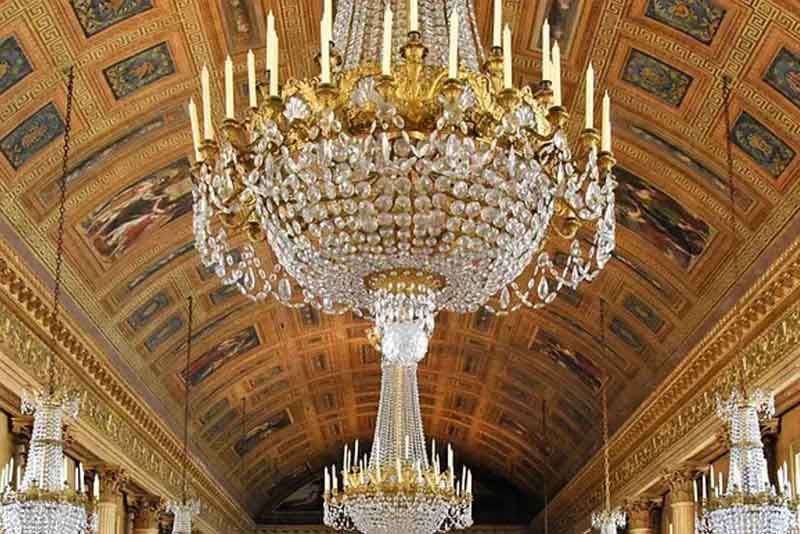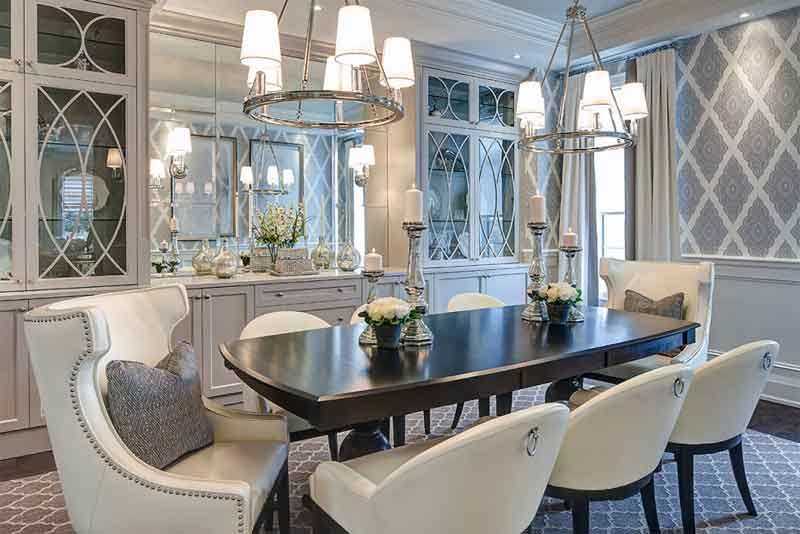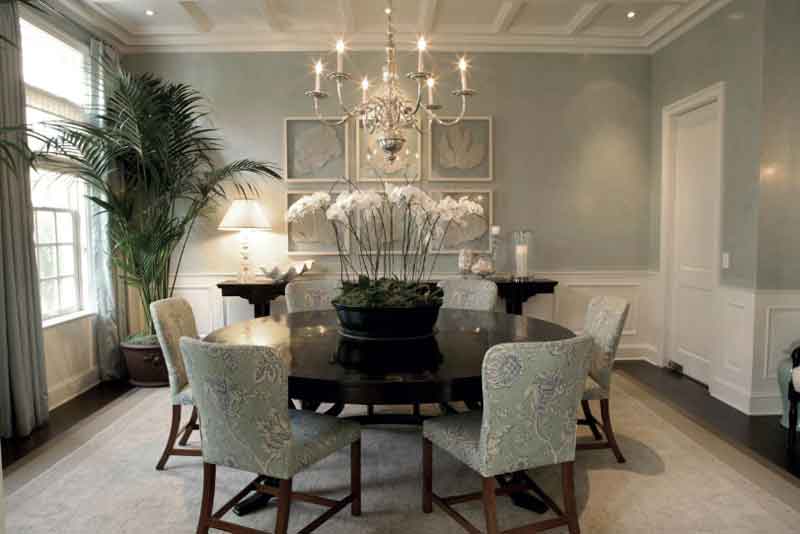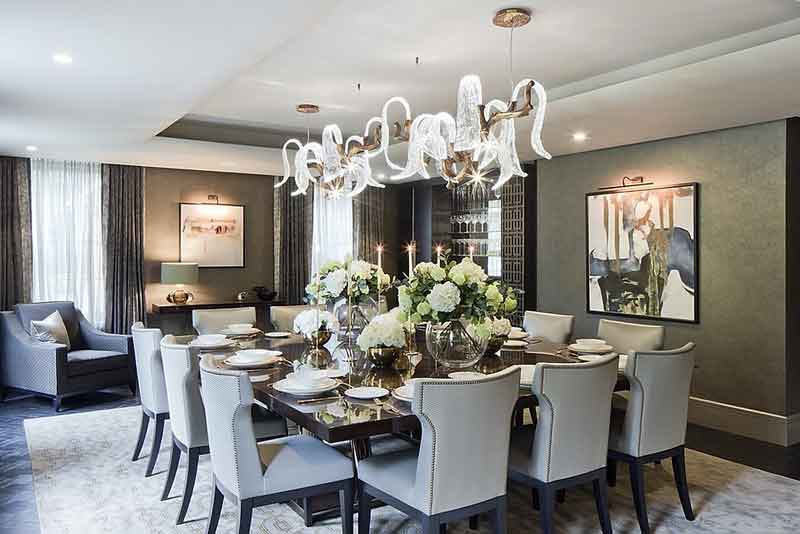The evolution of chandeliers is a fascinating journey, tracing their development from the opulent candle-lit fixtures of the past to the sleek, energy-efficient LED designs of today. This transformation highlights changes in style, materials, and technology, making chandeliers a symbol of both historical grandeur and modern innovation.
The Historical Journey of Chandeliers
Chandeliers have long been a staple in luxurious interiors, initially serving as a symbol of wealth and status. The earliest chandeliers, dating back to medieval times, were simple wooden crosses with spikes for securing candles. As time progressed, these fixtures evolved, becoming more elaborate and ornate, especially during the Renaissance and Baroque periods. The introduction of glass and crystal elements during these eras marked a significant shift, with chandeliers becoming intricate works of art that could diffuse light more effectively and dazzle with their brilliance.

- Medieval Origins. Early chandeliers were wooden structures with iron spikes for holding candles.
- Renaissance Opulence. The use of glass and crystal elements became prominent, adding elegance and light diffusion.
- Baroque Grandeur. Chandeliers became even more elaborate, with intricate designs and an emphasis on artistic craftsmanship.
- 19th Century Innovations. Gas lighting was introduced, making chandeliers more practical and widespread in urban homes.
During the 19th century, gas lighting became popular, further enhancing the functionality of chandeliers. This era also saw the introduction of new materials and manufacturing techniques, which allowed for more diverse and accessible designs. In modern times, chandeliers have embraced contemporary styles and technologies, including the use of LED lighting for greater energy efficiency and versatility. For instance, indoor Halloween decorations can be accentuated with modern chandeliers featuring adjustable LED lights to create spooky, festive atmospheres.

Modern Innovations in Chandelier Design
Today’s chandeliers are a blend of classic elegance and modern functionality. The incorporation of LED technology has revolutionized the way chandeliers are used, providing not only energy efficiency but also a wide range of design possibilities. Modern chandeliers often feature minimalist designs, integrating seamlessly into contemporary interiors while offering customizable lighting options.
- LED Technology. Provides energy-efficient lighting and greater design flexibility.
- Minimalist Designs. Sleek and simple structures that complement modern interiors.
- Smart Lighting. Integration with home automation systems for customizable lighting experiences.
- Sustainable Materials. Use of eco-friendly materials and manufacturing processes.

The use of smart lighting systems has also become prevalent, allowing homeowners to control their chandeliers with voice commands or smartphone apps. This integration makes it easier to adjust the lighting to suit different moods and occasions, enhancing both the functionality and aesthetic appeal of the chandelier. Additionally, the use of sustainable materials in modern chandelier designs reflects a growing awareness of environmental impacts and a commitment to eco-friendly practices.
By exploring the evolution of chandeliers, from their historical origins to modern advancements, we can appreciate how these fixtures have adapted to changing tastes and technologies while retaining their timeless appeal. Whether incorporating custom kitchen cabinets with built-in lighting solutions or using chandeliers as focal points in various rooms, the versatility and beauty of chandeliers continue to make them a beloved element in interior design.



